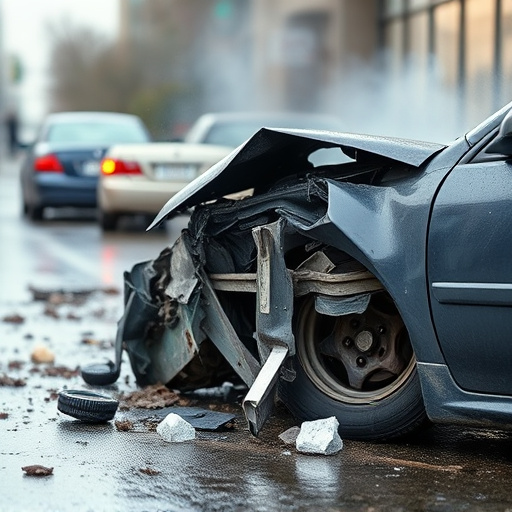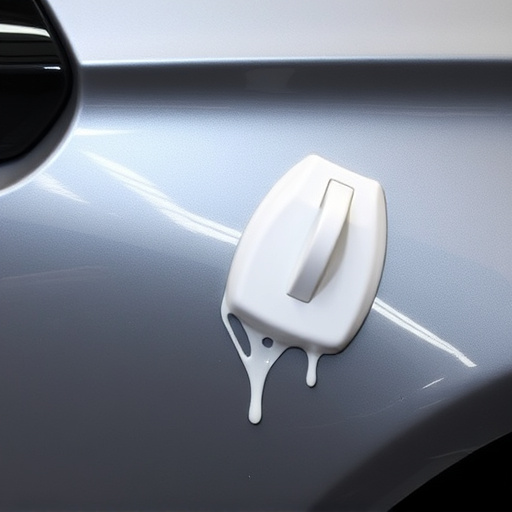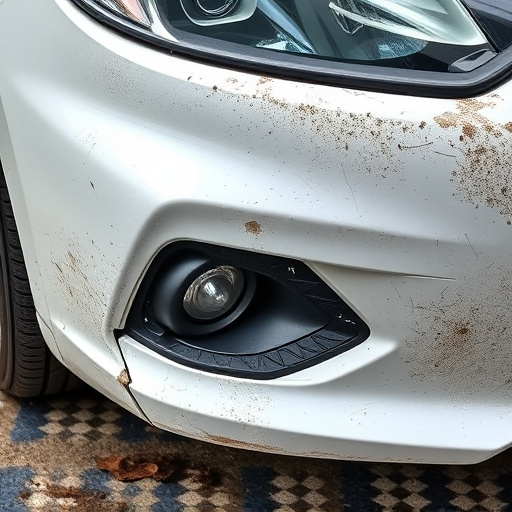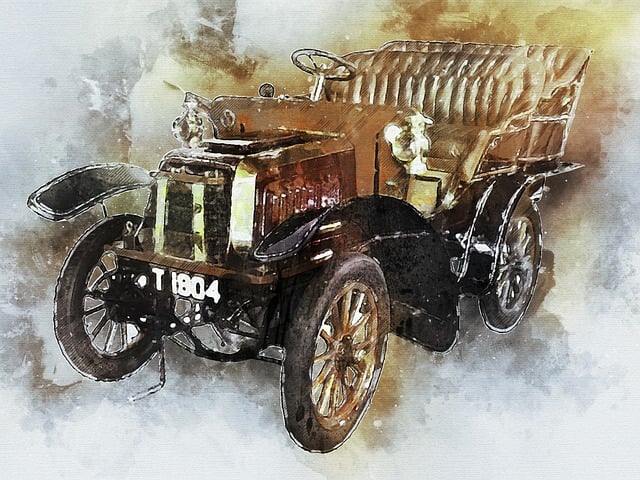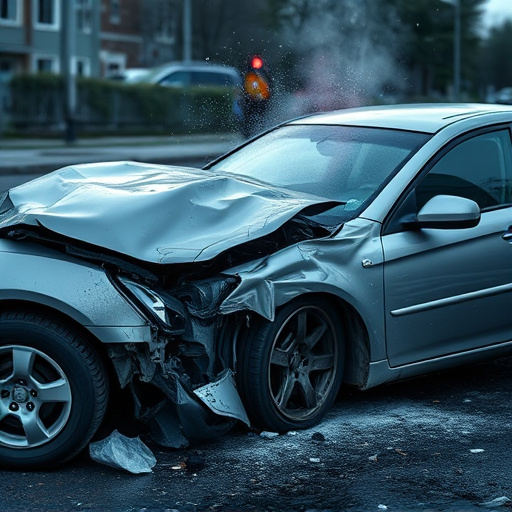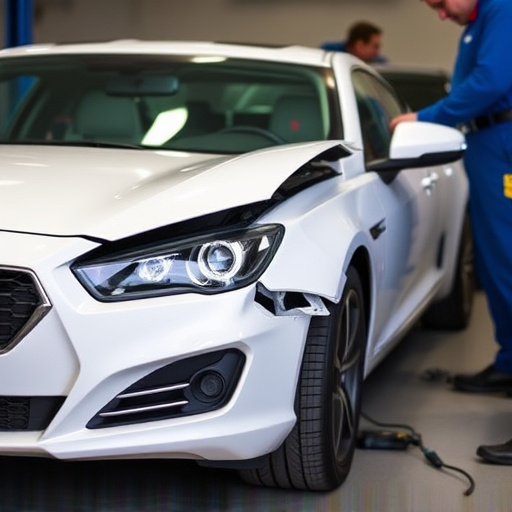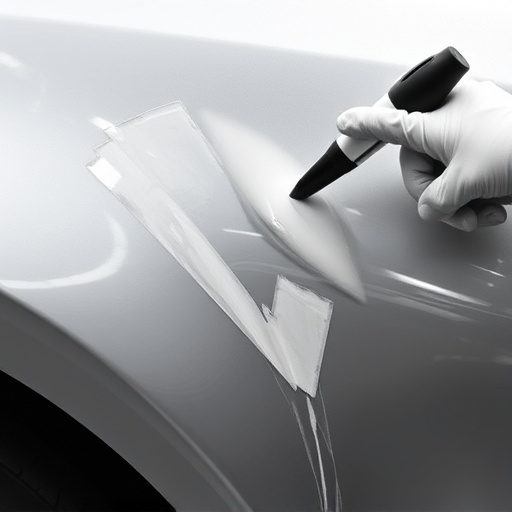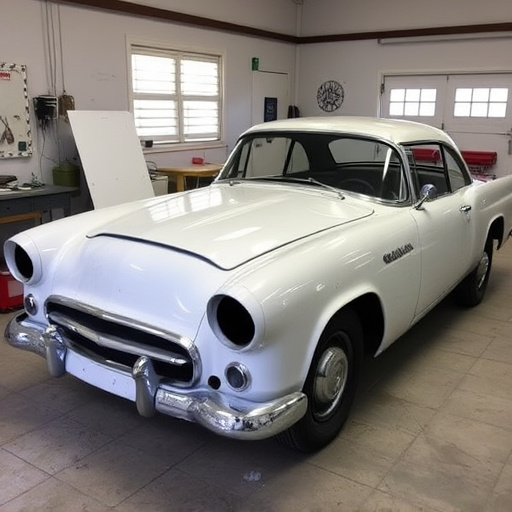Snow-related crashes pose unique challenges for drivers and insurance claims, often resulting in significant vehicle damage. Efficient documentation of this damage is crucial for expediting repairs and simplifying insurance processing during winter months. Detailed imaging assists adjusters, provides evidence for claims, and ensures all necessary repairs are addressed. Accurate records enable faster estimates, precise collision repair, and reduced disputes between insurance companies and repair shops, ultimately benefiting everyone involved by getting vehicles back on the road quicker.
In the face of winter’s harsh conditions, snow-related crashes pose unique challenges for drivers. When these incidents occur, efficient and fair snow-related crash repair is crucial. One critical step often overlooked is documenting damage. This article explores why meticulous documentation plays a pivotal role in simplifying snow-related crash repair claims. By understanding the complexities of these accidents, we uncover how thorough recording of damages facilitates swift compensation and timely repairs, ensuring drivers receive the support they need during challenging weather events.
- Understanding Snow-Related Crashes and Their Unique Challenges
- The Role of Documentation in Efficient Crash Repair Claims
- Benefits of Documenting Damage for Fair Compensation and Timely Repairs
Understanding Snow-Related Crashes and Their Unique Challenges
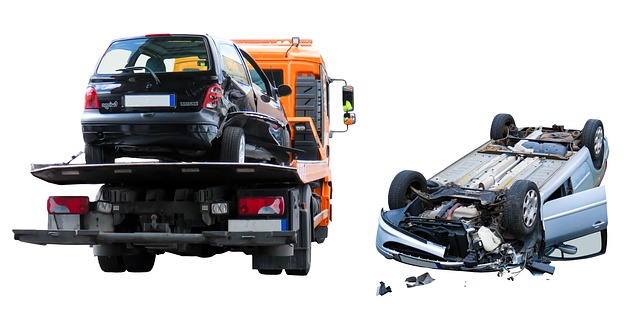
Snow-related crashes pose unique challenges for both drivers and insurance claims processes. These incidents often occur due to slippery road conditions, reduced visibility, and rapid weather changes, making them distinct from regular accidents. The aftermath can result in significant vehicle damage, including dents, scratches, and even more complex issues like crumpled fenders or smashed windshields.
Documenting this damage is crucial for efficient snow-related crash repair claims. It provides a clear picture of the incident’s impact on the vehicle, ensuring that all necessary repairs are addressed. An auto body shop can then accurately assess the scope of work, offering services like paintless dent repair to restore vehicles to their pre-accident condition. Efficient damage documentation also facilitates faster insurance processing, which is vital during winter months when weather conditions can delay operations and repairs.
The Role of Documentation in Efficient Crash Repair Claims

In the event of a snow-related crash, proper documentation plays a pivotal role in streamlining the subsequent repair process. When vehicles collide during winter conditions, damage can be extensive and varied, ranging from dented fenders to damaged undercarriages. Capturing detailed images of the harm inflicted on both vehicles is crucial. These visual records not only help insurance adjusters assess the extent of the collision but also serve as irrefutable evidence for auto frame repair or vehicle collision repair claims.
Accurate documentation ensures that all parties involved have a clear understanding of the damage, facilitating faster and more precise estimates for collision repair. It also acts as a roadmap for skilled technicians, enabling them to efficiently tackle complex repairs, be it body work or intricate mechanical fixes. This meticulous approach not only saves time but also ensures that every aspect of the snow-related crash repair is handled with precision, ultimately leading to better outcomes and quicker returns for vehicle owners.
Benefits of Documenting Damage for Fair Compensation and Timely Repairs
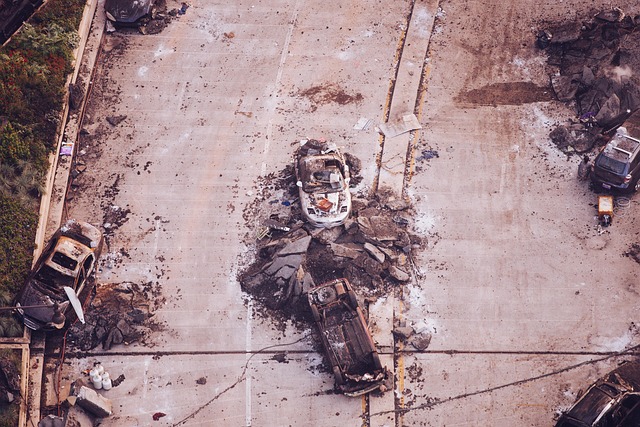
Documenting damage after a snow-related crash is crucial for ensuring fair compensation and timely repairs. When an accident occurs, it can cause significant damage to vehicles, often leading to complex repair needs. Detailed documentation provides clear evidence of the extent of harm, including visual records and descriptions. This process helps establish the need for specific auto repair services or collision repair techniques, ensuring that all necessary components are addressed during the restoration process.
Accurate documentation enables insurance companies and repair shops to work collaboratively. By providing a comprehensive view of the damage, policyholders can receive more accurate estimates and faster turnaround times. It also facilitates communication between parties, reducing potential disputes and delays in the claims process. This, in turn, benefits everyone involved, from getting cars back on the road sooner to maintaining satisfaction with the overall snow-related crash repair experience.
Documenting damage is an invaluable step in the process of snow-related crash repair. By thoroughly recording the extent of harm, individuals involved in such accidents can navigate the claims process more efficiently. This practice ensures that repairs are completed promptly and that victims receive fair compensation for their vehicle’s restoration. In light of the unique challenges posed by winter conditions, embracing comprehensive documentation is a game-changer for a smoother, more equitable snow-related crash repair experience.
